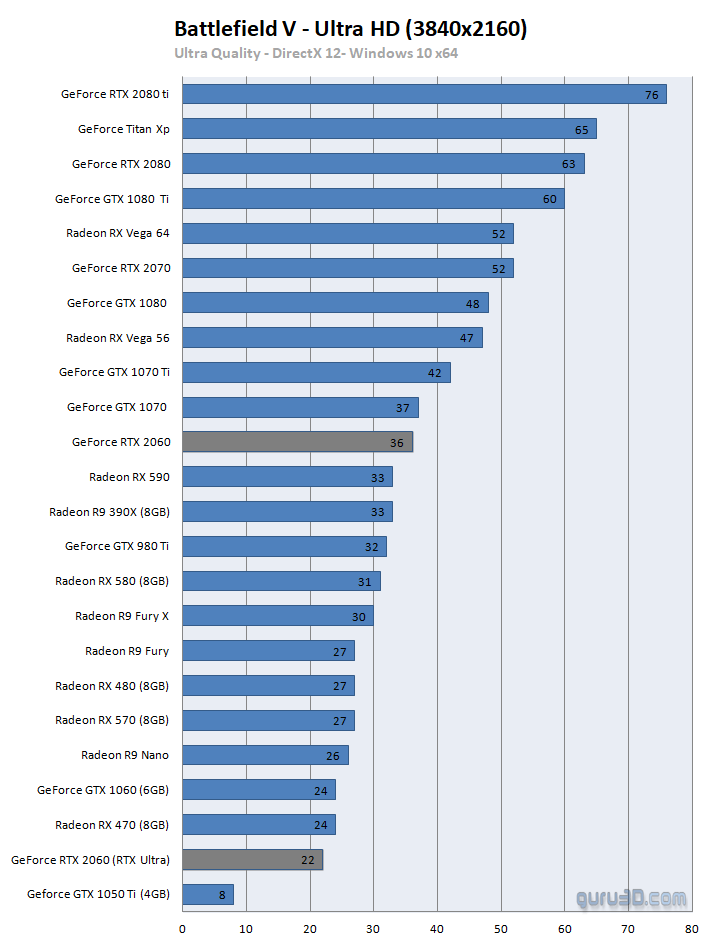Panajev2001a
GAF's Pleasant Genius
I have to disagree here...
People talk about nVidia pushing the industry forward with RTX, but what they were really doing, at least up to and including RTX, was limit the adoption of DX12/Vulkan and increase their card prices for more profit. And there is literally ZERO reason, why ray tracing could not be implemented through compute, which AMD is also extremely good at. If things were done openly, gamers would benefit, but that's not what happens.
Now that they have RTX they are seen as innovative, even though it's simply the next stage of what used to be TWIMTBP, PhysX, GameWorks in general, G-Sync, which is closing off certain technologies for themselves and singling out the competition, because they can.
But you only have to look back a year, where Microsoft announced Ray Tracing support for DX12, and Vulkan followed later in that same year. AMD had its Radeon Rays 2.0 ready in March of last year, which is real time Ray Tracing in Vulkan using Async compute. That's not even counting the first version of Radeon Rays.
DLSS, same thing. Microsoft released DirectML early in 2018. Nothing DLSS does is special, in the sense that it all can be done while using DirectML. And that's ignoring the fact that dropping resolution and upscaling normally often gives superior quality compared to- for the same performance as DLSS. But no. nVidia has to play this game of closing off everything in order to pretend that only they have the technology to do what they're doing, while that can't be further from the truth.
Vulkan in particular (although DX12 also is equally capable) offers an efficiency and flexibility that is unprecedented, where many technologies could be implemented without the need for nVidia's closed off approach. All the while Vulkan, and probably even DX12 wouldn't exist in its current form if it wasn't for AMD, but they don't get props for innovation. nVidia gets praised for their anti-consumer closed off approach though, and to me, that's disgusting.
Large groups of gamers bashed DX12 because nVidia performed badly (or at least worse than DX11) in it, while AMD had either parity or an improvement with it in most cases. So what really is the problem then? DX12, or nVidia? Vulkan is bashed to a lesser degree because there the benefits have been more obvious. The only reason it's bashed is because it's barely used compared to DirectX. But nVidia's mind share has dominated gaming for too long, and the consumer would be better off if things went differently, as in, more open.
The issue is, AMD didn't market RT even though they had it, and why should they, when hardware in reality is not ready for it? nVidia on the other hand are masters of marketing and most importantly, deception. Everyone thinks that only they can do RT now, and that's a big joke. But this time they have gone too far and it didn't work out like they expected.
And I'm extremely glad to see that at last, this approach is firing back in their face, because honestly, I'm tired of it.
Yes, the creation of Mantle by AMD was an important step for both DX12 and Vulkan, where the latter incorporated tech from Mantle.



